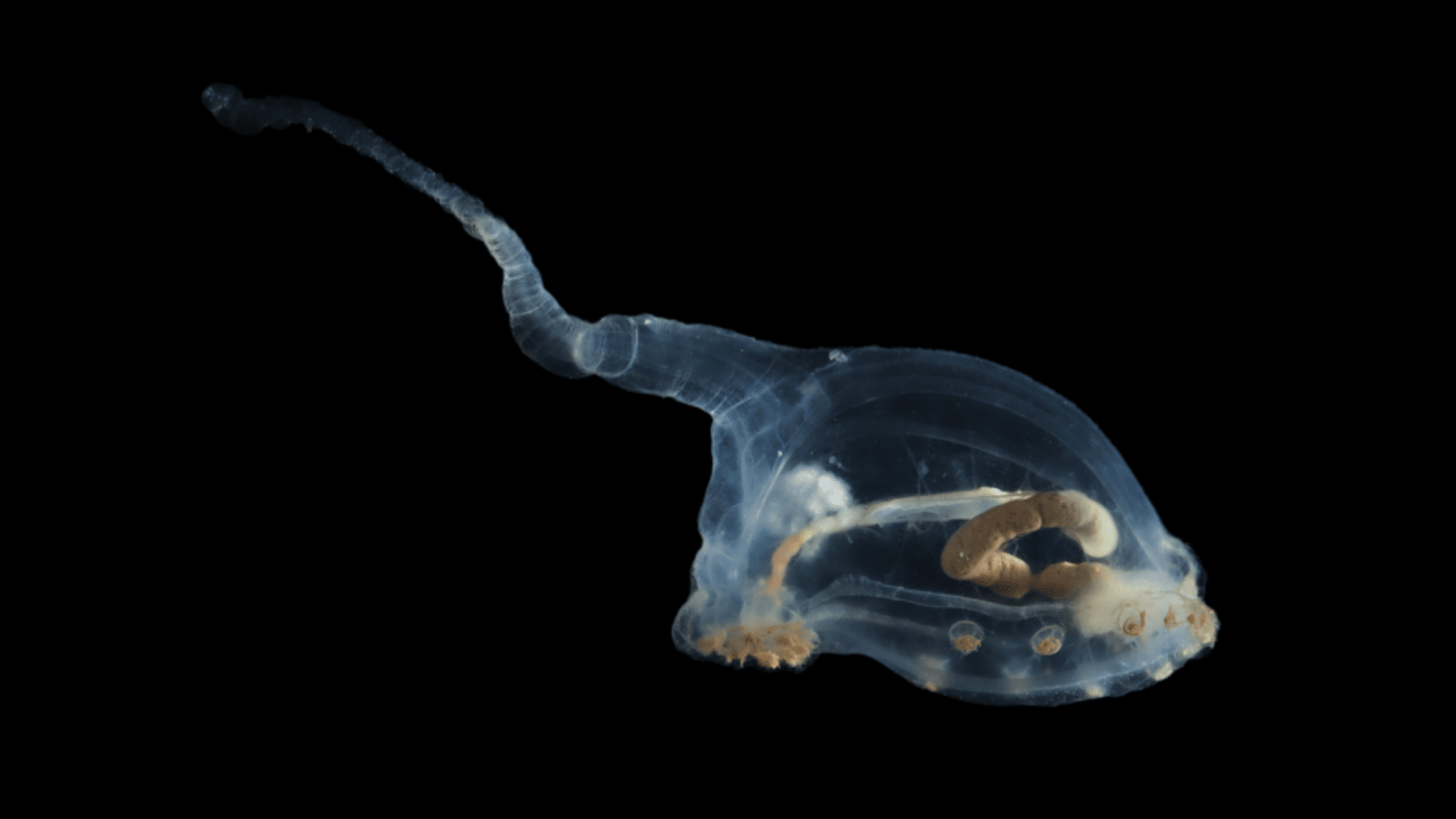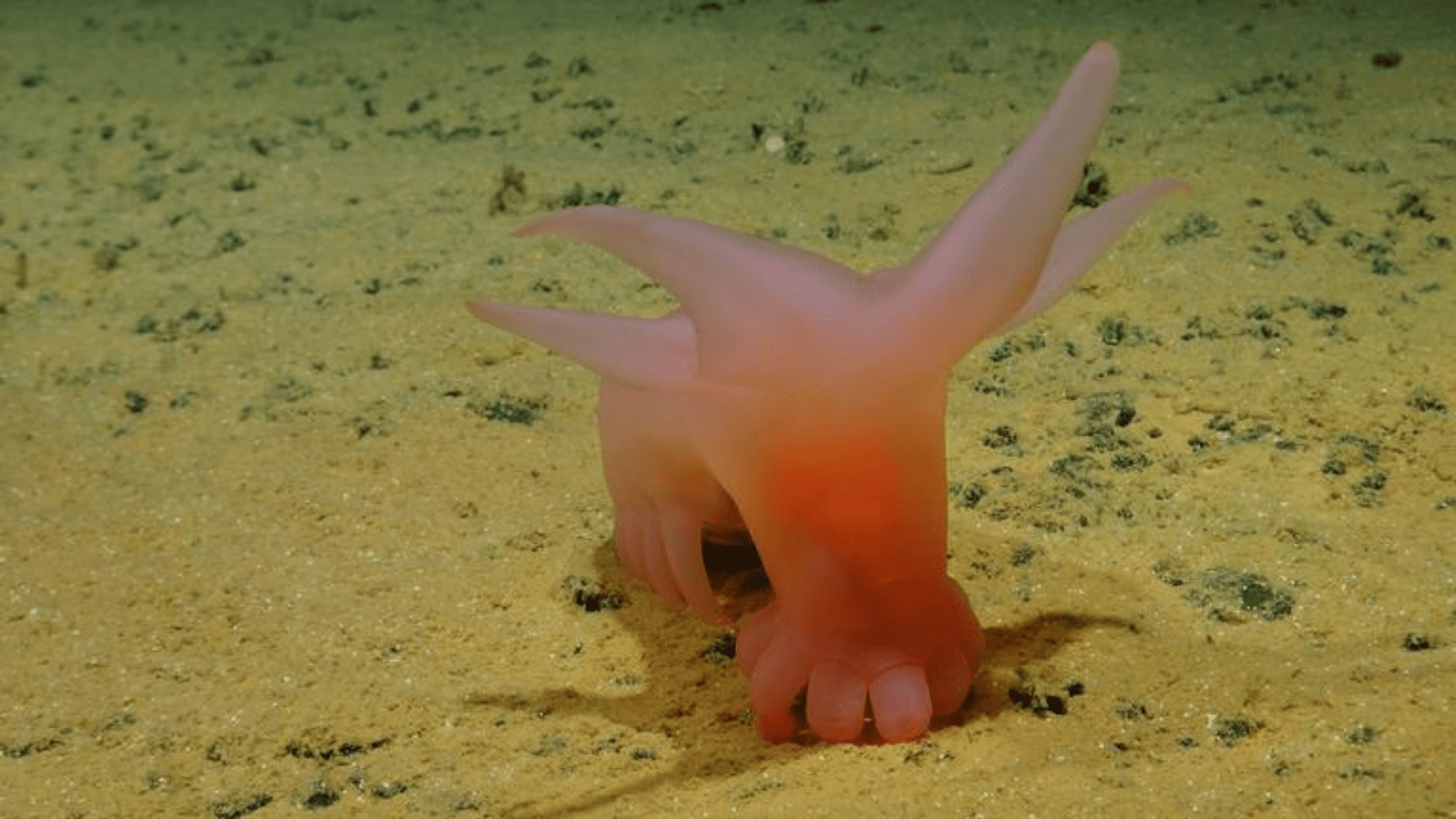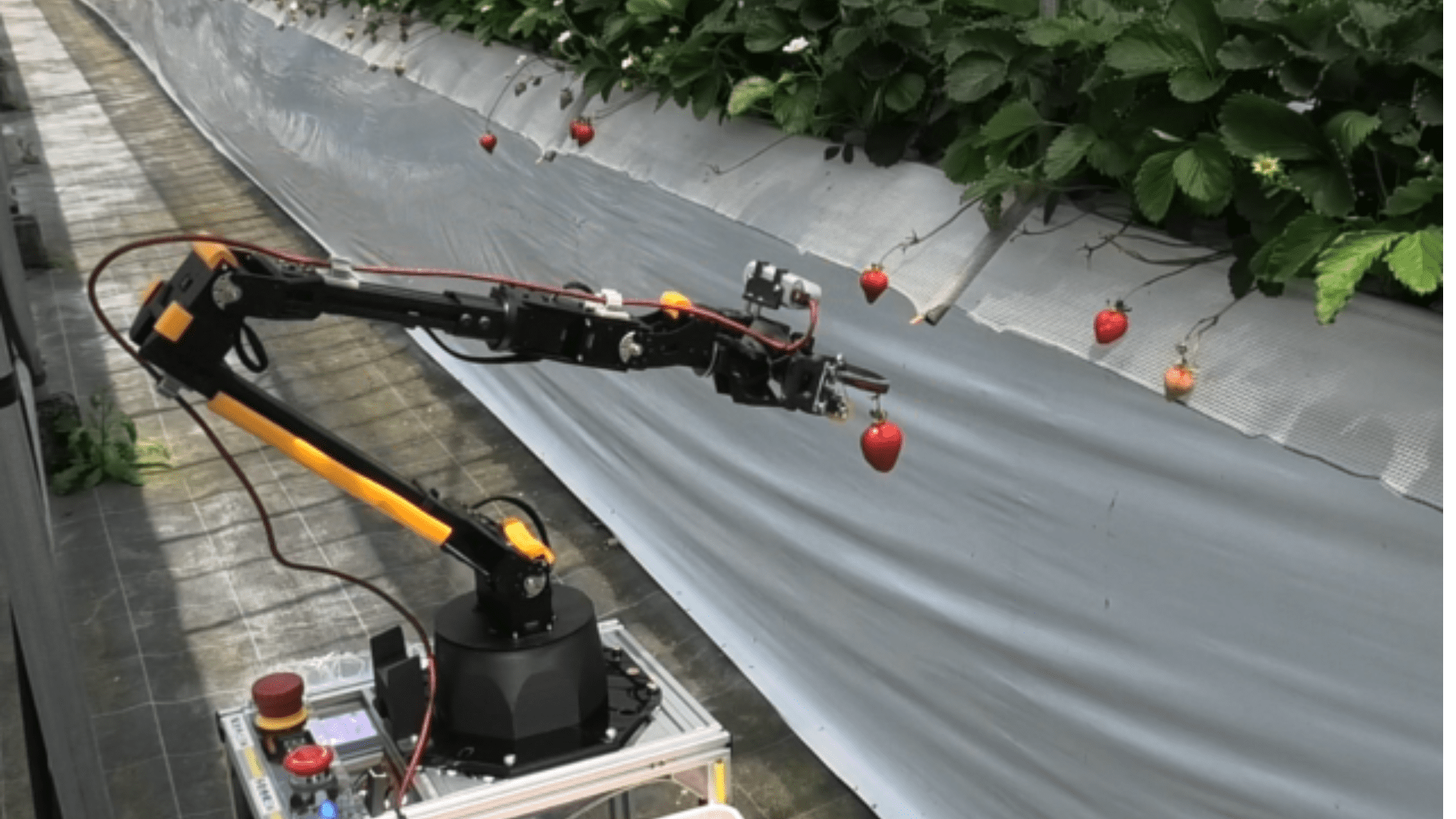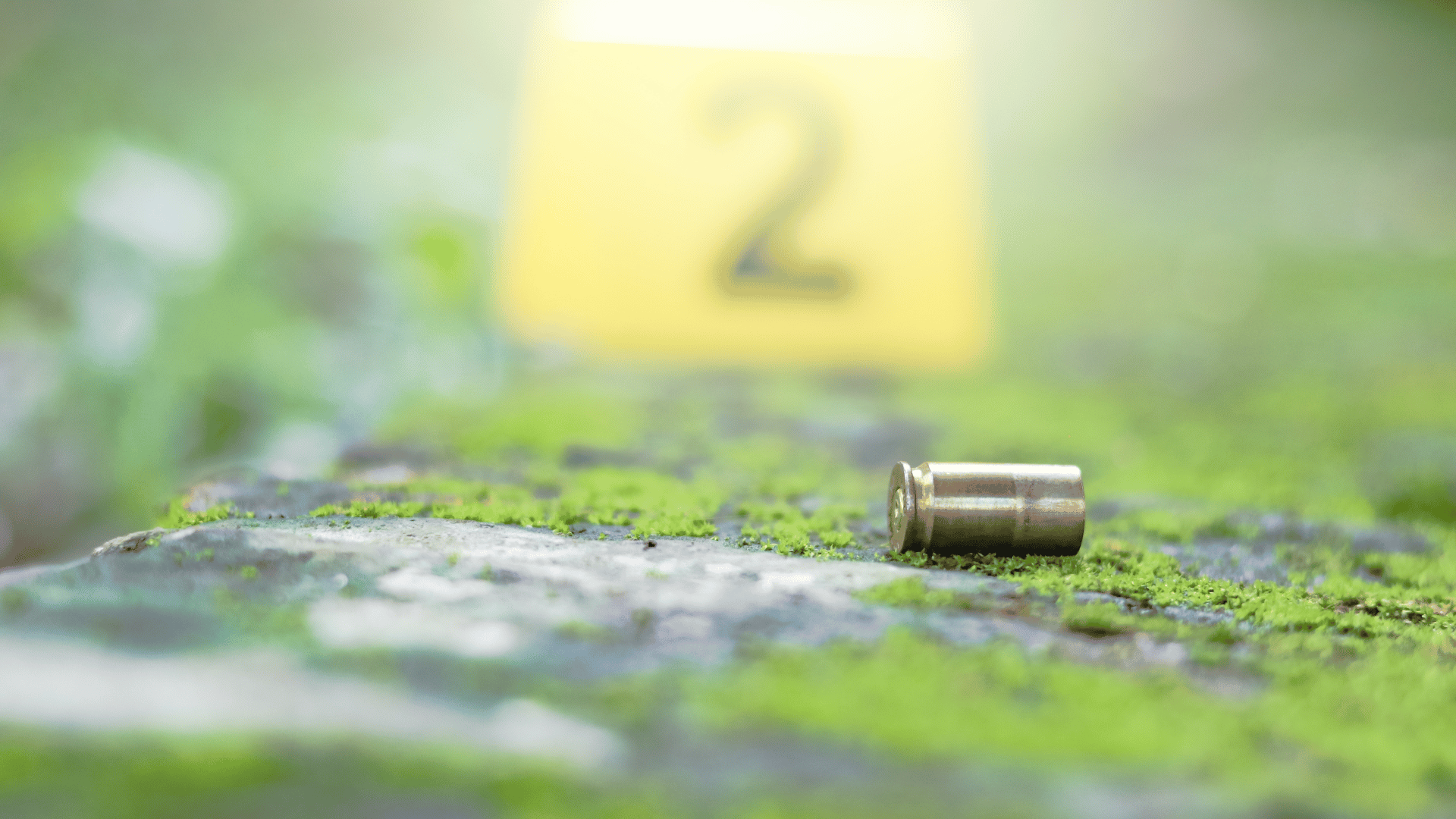Scientists discovered some fascinating new species during a deep-sea expedition in the Pacific Ocean. Among the alien-looking animals they discovered were transparent sea cucumbers, bowl-shaped sponges, and pink sea pigs.
Uncovering the Ocean

A 45-day expedition in the Pacific Ocean between Mexico and Hawaii ended in March. Thomas Dahlgren is a marine ecologist from the University of Gothenburg and the NORCE research institute. During the deep-sea trip to the Clarion Clipperton Zone, Dahlgren boarded the British research vessel James Cook. He said, “These areas are the Earth’s least explored. It’s estimated that only one out of ten animal species living down here has been described by science.”
The area is part of the Abyssal Plain. These are deep-sea areas with depths between 3,500 to 5,500 meters. The Abyssal Plains cover more than half of the Earth’s surface; however, we know very little about the creatures it inhabits.
Dahlgren said, “This is one of very few cases where researchers can be involved in discovering new species and ecosystems in the same way as they did in the 18th century. It’s very exciting.”
Explore Tomorrow's World from your inbox
Get the latest science, technology, and sustainability content delivered to your inbox.
I understand that by providing my email address, I agree to receive emails from Tomorrow's World Today. I understand that I may opt out of receiving such communications at any time.
Sea Cucumbers and Glass Sponges

Animals that live in the deep-sea adapt to life with very little nutrition. For example, most of them feed on organic debris, known as marine snow. The debris falls from the more productive area closer to the surface. As a result, filter feeders, like sponges, and sediment feeders, like sea cucumbers, dominate the animal population.
“The lack of food causes individuals to live far apart, but the species richness in the area is surprisingly high,” said Dahlgren. “We see many exciting specialized adaptations among the animals in these areas.”
Among the species found in the area is the pink sea pig, a sea cucumber from the genus Amperima. The species moves slowly across the plain, looking for nutrient-rich sediments, using its small, tubular feet. In addition, the species has remodeled feet that stick out, but these are for gathering and stuffing food into its mouth.
“These sea cucumbers were some of the largest animals found on this expedition,” said Dahlgren. “They act as ocean floor vacuum cleaners, and specialize in finding sediment that has passed through the least number of stomachs.”
Upcoming Threats
Plans to mine this area for rare metals used in solar panels, electric car batteries, and other green technologies are underway. The scientists aimed to map the biodiversity where the mining is set to take place. Several countries and companies are waiting for authorization to extract metals bound to mineral nodules lying on the ocean floor. Therefore, scientists want to determine how mining will impact the deep-sea ecosystem. In addition, they want to register existing species and find out how the ecosystem is organized.
“We need to know more about this environment to protect the species living here,” said Dahlgren. “Today, 30% of these marine areas in consideration are protected, and we need to know whether this is enough to ensure that these species aren’t at risk of extinction.”







